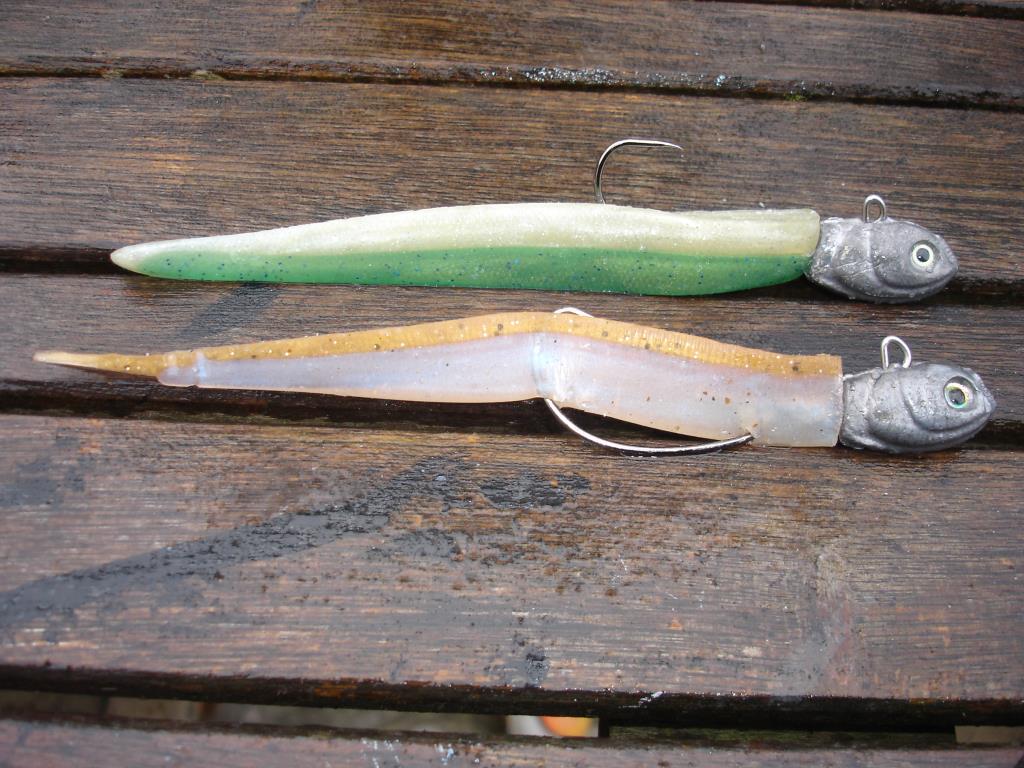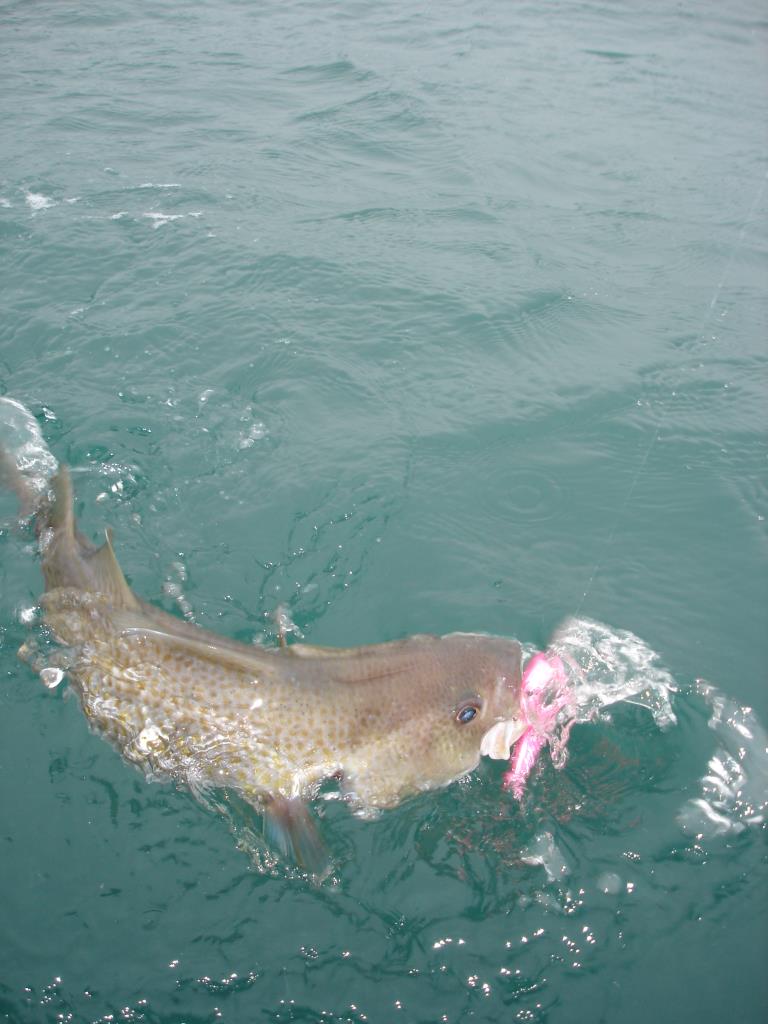* Salt Water Predators – Irish Angler

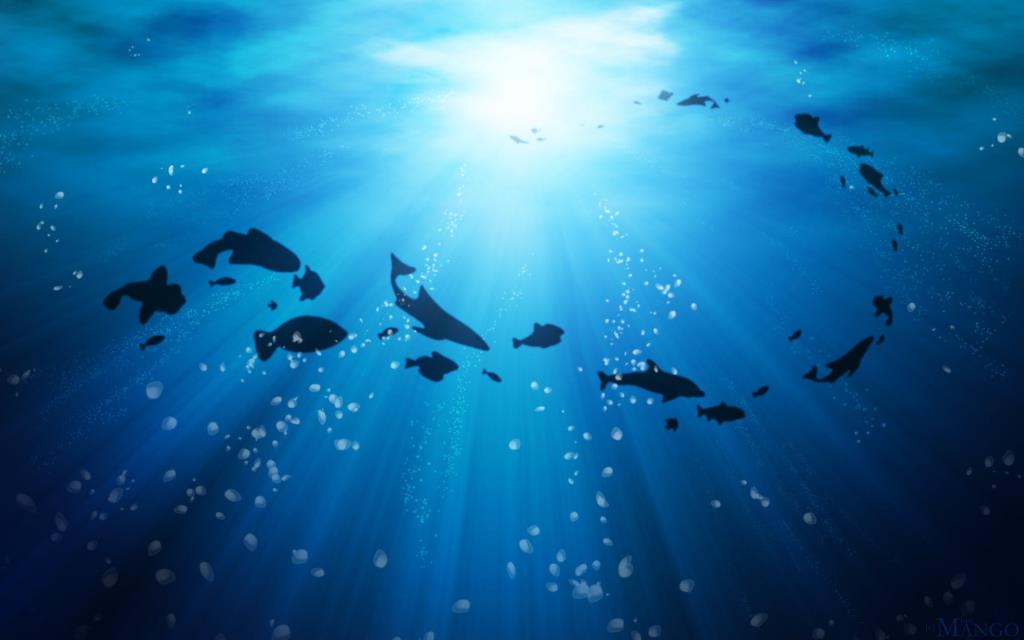
Predator – Any organism that exists by preying upon other organisms.
When sea anglers read about “predator fishing” in magazines we tend to wonder what all the fuss is about. I’ve asked sea anglers about predators in sea fishing terms and usually the reply is a straightforward “Aren’t they all?” I suppose they’re correct in their assumption. At sea we do not fish for filter feeders or plankton eaters and therefore the species we target are species that will willingly chase a lure or snaffle a bait for whatever reason. It would be fair to say that some species are more predatory than others. Over the years my understanding of a predatory sea fish would be one that largely feeds on sight and takes live prey. So you can get the drift: many sea predators will be fish that are actively hunting prey. The term in sea fishing is nearly always reserved for the species that can be targeted with a lure as well as bait. I know that technically speaking nearly all sea fish can be tempted into taking a lure, but in reality the amount of fish that are regularly lure-caught would be what we at sea would call predators.
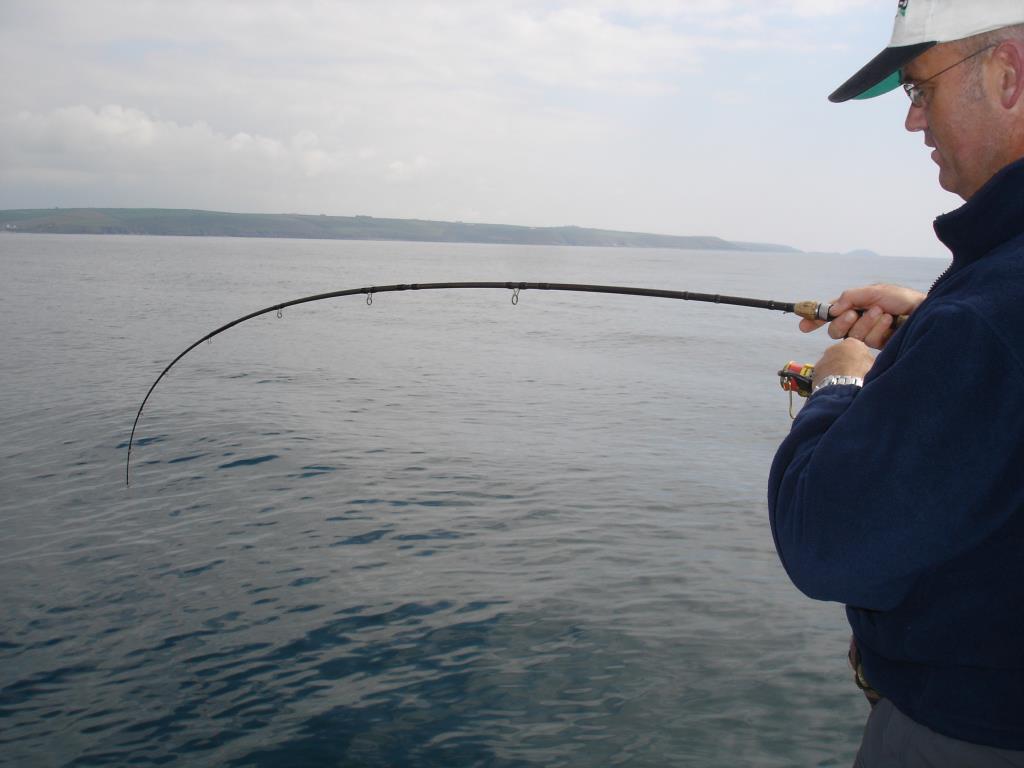
Of course there are exceptions to the rules as well – there would have to be! I do not think any sea anglers would think of a conger eel as anything other than a predator. There are very few congers caught on lures though. I knew that Irish Angler was doing a predator special so I started to think about predatory fish and I asked anglers their thoughts about what was the most enjoyable fish to catch in Irish waters and the most enjoyable way to catch them. It became clear from the outset that the majority of dinghy anglers like to catch the species of fish that are downright predators – fish that are active hunters rather than opportunists or foragers. So over the course of a few weeks I gathered opinions and the results surprised me. The anglers I spoke to were just regular boat anglers that fish for sport and perhaps some food for the table. I did chat to some of the more fanatical people as well but you could see there was a correlation of opinion across all.
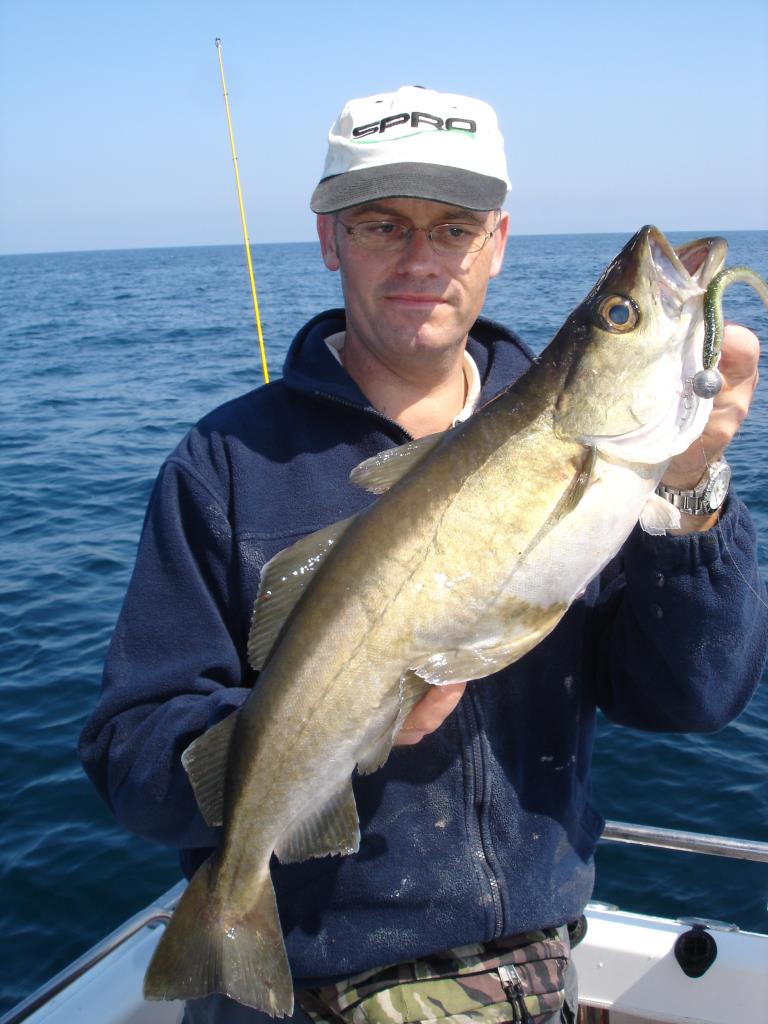
Pollack – mid-water madness
The fish that featured highest and was the first fish of the majority of lists was pollack. Now here we have a true predatory fish, an active hunter. You only have to look at the fish to see that it’s built for the hunt. Pollack have a huge set of eyes in order to spot prey. The pollack has a sleek shape that is not designed for sustained effort but is ideally suited for the burst of speed that is required to ambush smaller fish. The term “predator” tends to conjure up pictures of a sneaky calculating fish. The good old pollack does not fit the bill here though. In fact the pollack can be classed and the dunce of the class when it comes to sneakiness. Dangle a shiny lure, a rudimentary piece of plastic or a nice bait near a pollack and the fish is just unable to resist. In fairness the pollack is a shoaling fish by nature. Living in a shoal can make feeding difficult. If you have a sizeable amount of fish all chasing around after the same food it can only lead to fierce competition and the pollack tend to eat first and ask questions later. Pollack are suckers!
I think there has been a huge shift in how most Irish anglers approach their fishing. There was a time when it was a numbers game. Anglers would target pollack with paternosters and catch a few fish on the same trace on each drift. It must have been a throwback to competition angling where points were awarded for each fish caught. To be sure it was effective, but did not score highly in the sport department. You only have to watch most dinghy anglers getting aboard a boat these days and you can see that the majority will carry a light rod rather than a brush handle and most will carry at least two if not three rods in order to “get the most” from the species they are chasing. The latest crop of lure rods on the market offer the chance for anglers to really get the most out of the sport offered by pollack.
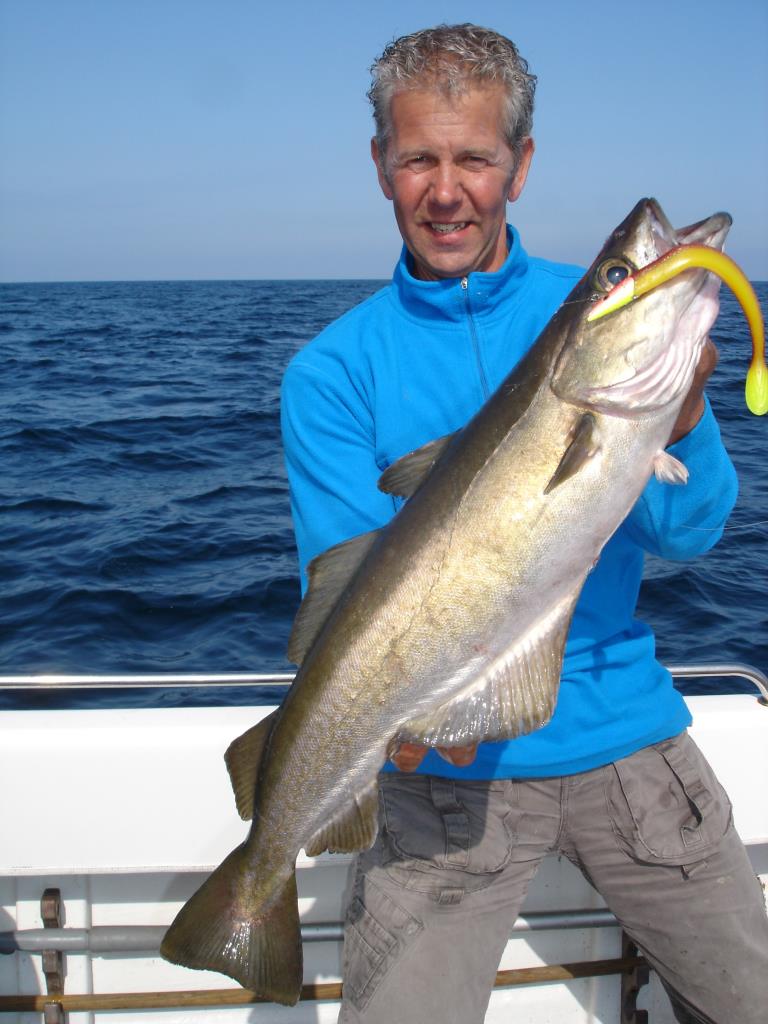
[box type=”info”]Pollack – the lowdown
Pollack are pure predators and like to cruise around reefs where they have protection and there are likely to be prey fish in attendance. Your marks are everything! It’s important that you can use your GPS/plotter to track your drift over the reef. If you fail to catch on a drift then position the boat slightly differently on the next drift. Work the area completely before moving to another reef. Pollack will often move from one reef to another nearby, so be prepared to move around before giving up on a mark. The traditional flying collar rig loaded with a shad or jelly worm will catch. A lead head loaded with a worm or stick bait will be lethal. Bright colours work well. Often a paddle-tail bait will outfish everything else. Do not be afraid to work the lure quickly …very quickly! It can often entice the fish to bite.[/box]
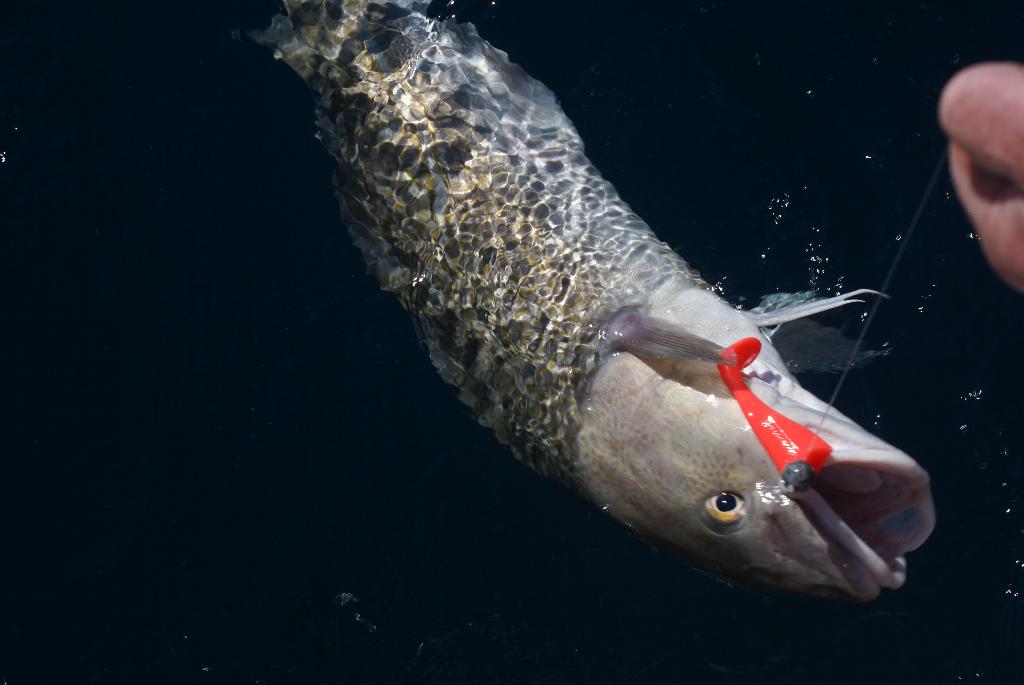
Cod – bottom feeding beasts
I was surprised to see cod featuring as a fish that anglers would consider a predator but when you think of it, it makes pure sense. Cod spend most of their time with their noses in the ground rooting for crabs but will gladly attack a lure that passes by. In fact I think the fight off a lure caught cod is better than a bait caught fish. It might be my imagination but I think that a lure caught cod has been more aggressive in the take and tend to be aggressive in the fight also. Cod are a fish that have big eyes as well. They hunt both by sight and smell. Cod are not fast fish but are capable of short bursts of speed.
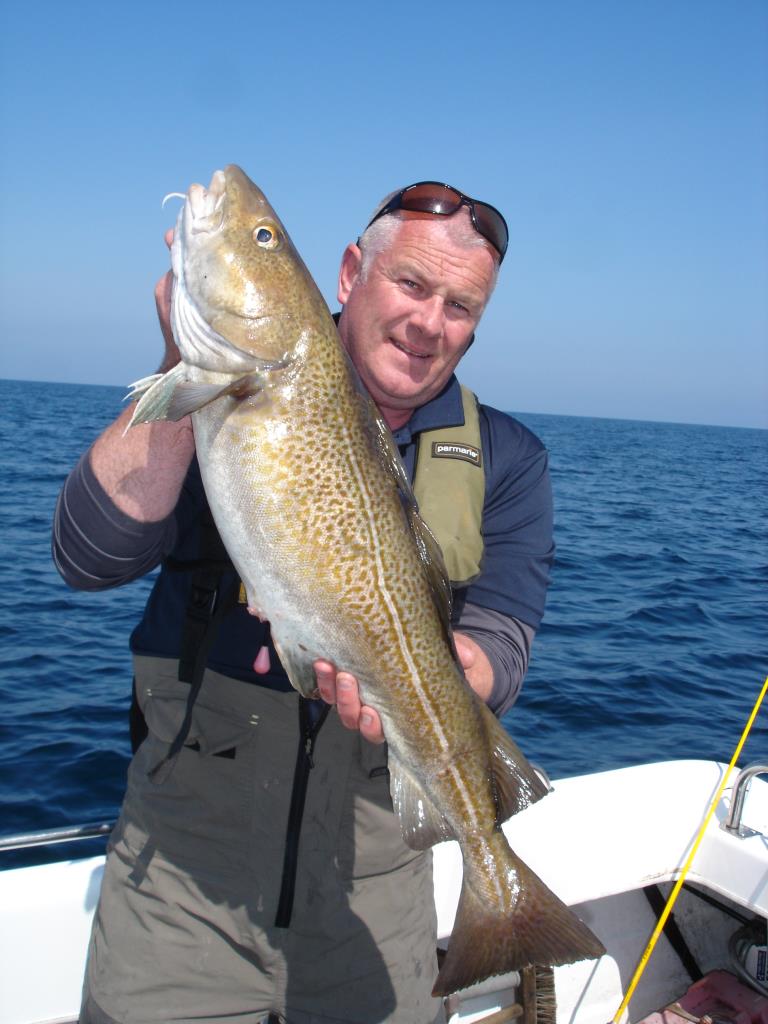
[box type=”info”]Cod – the lowdown
I always think of “cod ground” rather than “cod marks”. Cod are travellers and will roam the bottom looking for sources of food. When they have eaten all in sight they will move on. I like to fish broken ground, a mixture of sand and rock. Kelp beds are the source of the most stunning of red cod. I will take drifts over reefy ground where I have caught cod before. I will always be prepared to move from area to area until I locate the fish. When you think of cod think of the old saying “have tail, will swim”. Some areas will hold cod better than others. When you think of an area like the Harbour Rock in Cork Harbour you will get the picture. Cod are tenacious hunters and will attack a lure with gusto. If you miss a bite from a cod there is a good chance that dropping the lure or bait quickly back to the bottom will result in the fish having another go. While bait may outfish lures in murky water, in clear water I get better results using paddle tail shads mounted on a jighead fished in contact with the bottom. There is a fascinating video of cod feeding and getting caught on a longline on YouTube. If you search “cod longline” it will appear. The clip is around nine minutes long and it will give you an insight as to what goes on under the water.[/box]
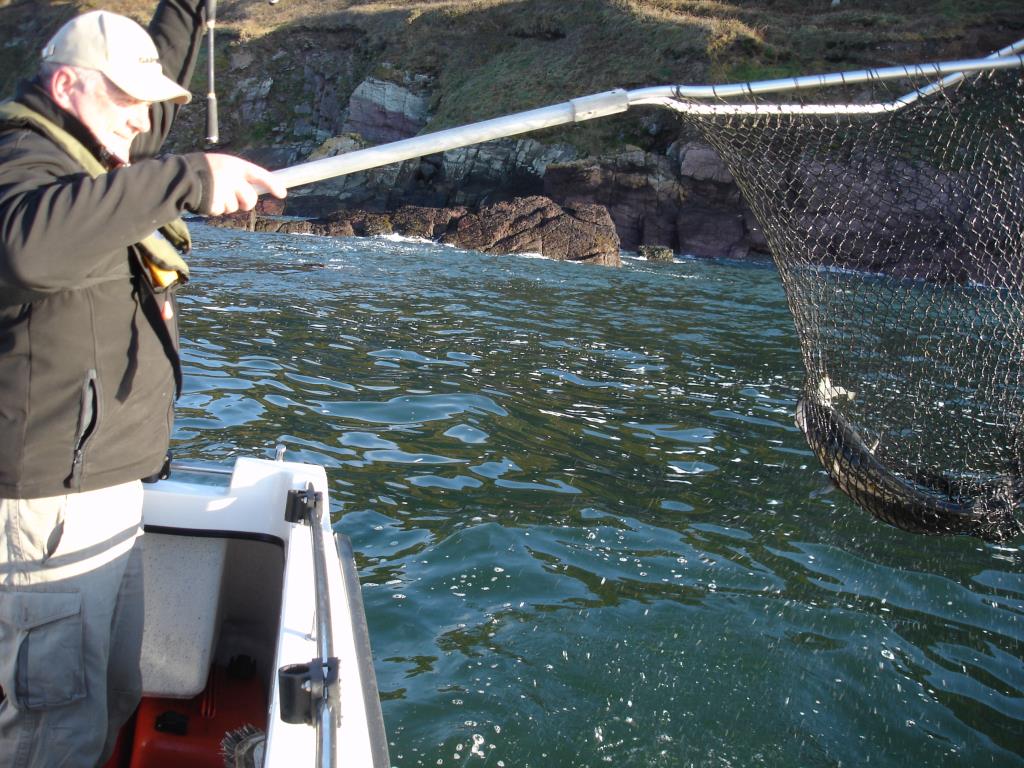
Bass – the ultimate eating machine
Bass are a fish that come up in every conversation about dinghy angling and fishing for pure predators. For some bass are the driver, the fish that ignites the passion and the fervour that is “the hunt” in sea angling. For others, bass are the enigma and the ghost that creates a longing in dinghy anglers. They are the species responsible for more frustration and failure than any other. They are the species responsible for the ecstasy and thrill of catching the ultimate predator of the sea. Bass are the bully boys of our seas. They are a perfectly designed eating machine. They have it all: a streamlined but chunky body, a huge paddle tail that is almost out of proportion with the rest of the fish, and most of all an incrediblly aggressive temperament that makes them a superb fighting fish that does not give up easily. They have an array of sensory organs that scream “I am a predator!” – large eyes set forward and centre in the head and large double nostrils in the snout all help the bass locate food. The only thing missing are teeth. The lack of conspicuous dentures contributes to the bass’s aggression. Prey must be swallowed quickly. The fight is characterised by a series of runs and headshakes. Just when you think the fish is coming to the landing net in all probability it will run again and again. There is no other predatory sea fish in our waters that will battle like a bass. Bass will eat anything that crawls or swims and therefore there are so many ways to target them.
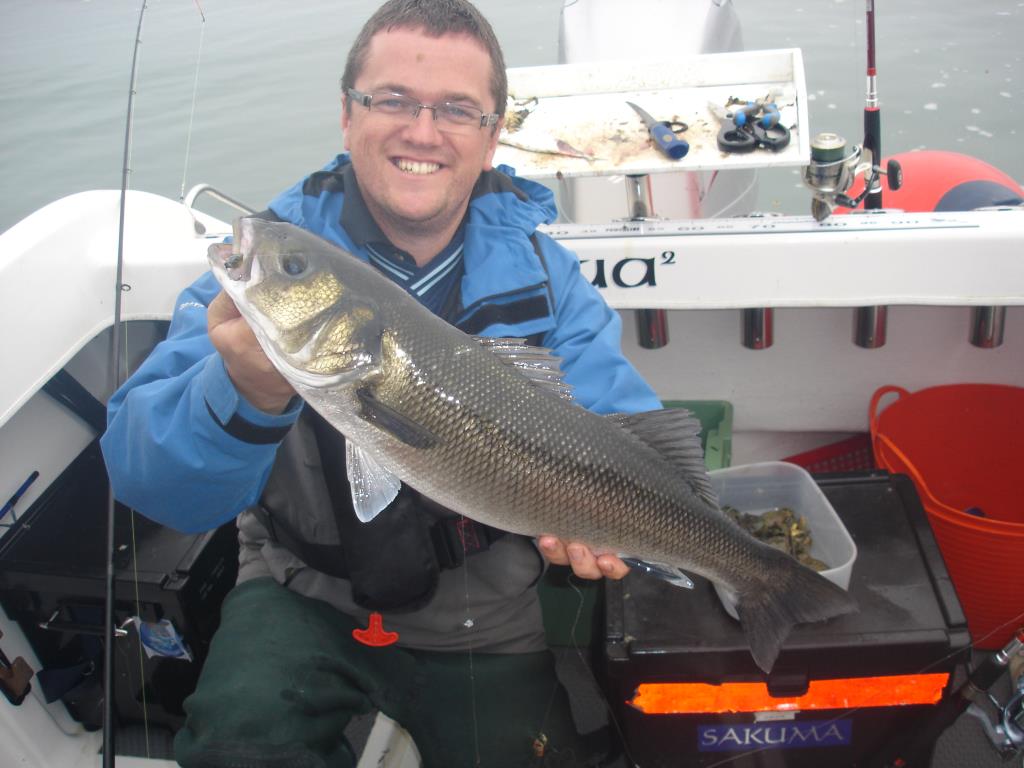
[box type=”info”]Bass – the lowdown
I always say that when fishing for bass you may hear more land-based birds than sea birds! That gives you the greatest clue to bass catching success – they are fish that get down and dirty in the shallows. While bass may be caught in the southeast on offshore banks, around the rest of our coastline bass will be close to the shore or they will be in estuaries or harbours – anywhere there are crabs and fish basically. Catching bass requires discipline. The angler must be tuned in to stages of tide. Bass will move around in search of food, but they seem to works to patterns. Work out the patterns of where the bass are feeding at a given stage of tide and you will have bass cracked. Once located, bass are not difficult to catch, as they are greedy and aggressive. Bass operate in packs so there is competition amongst the members. This competition is their downfall. Any lure that is in any way inviting will be attacked. You can target bass will many baits or lures. For me, the latest crop of soft plastic lures is the most productive way of catching bass from a boat. Peeler crab is the best bait if you want to go the static route. Bait fishing will be done at anchor, whereas lure fishing can be done drifting or anchored. Trolling will catch some fish, but it is rather hit and miss and would be my method of last resort. A soft plastic lure fished to the shoreline and bounced back to the boat is my top method. Remember though, it seems obvious; you will only catch if you are in the correct place at the right time. Your methods could be perfect but of your location and timing are not right you will not catch.[/box]
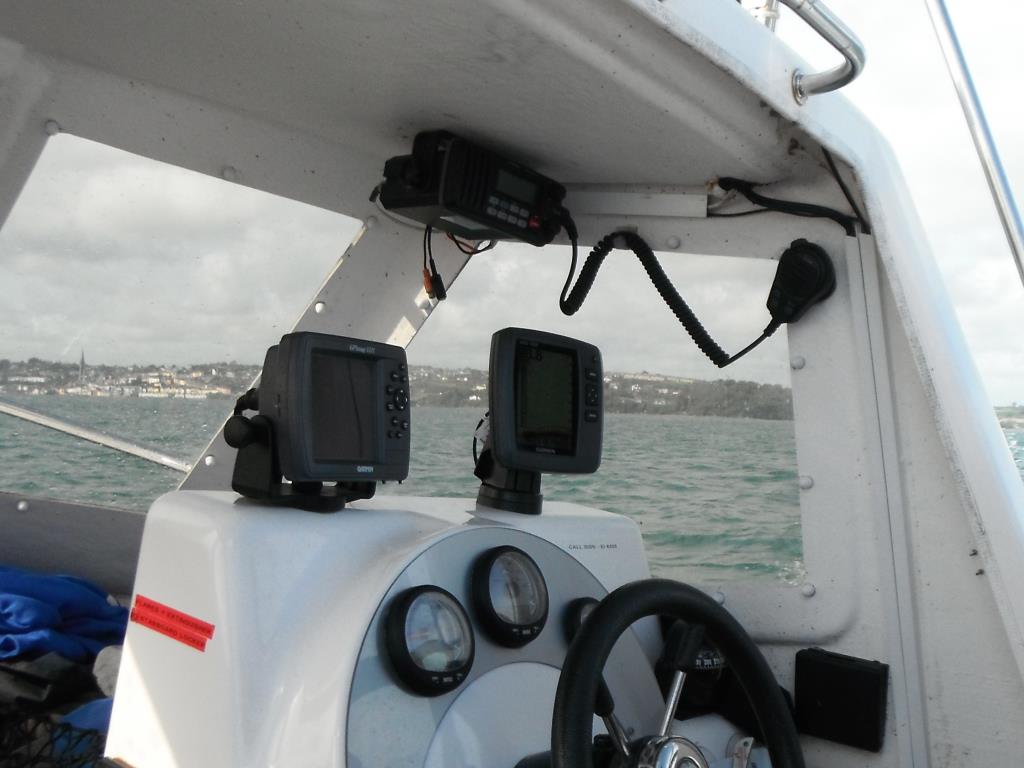
Top of the chain
In our discussions about predatory sea fish there was one point that came up time and time again. The greatest predator on our waters is man! If you as dinghy anglers do your homework, have the correct tackle and know how to use your equipment your catch rate will improve. There is so much that needs to be mastered before you wet a line. Watercraft or boatcraft is something that will improve your catch rate as much as the best of tackle and lures. You will never stop learning. One of the best ways is to get involved with some more experienced fellow anglers. Angling clubs may not be the best source of information and help because there may be a competitive edge to much of the fishing. You can always ask yourself some simple questions to find out the needs you have: Do you know how to operate and interpret your echo sounder/fish finder? Are you proficient with the functions of your GPS/plotter? Are you capable of navigating to a mark? Are you capable of drifting the mark using your instruments to repeat a successful drift? Can you accurately anchor your boat in all types of bottom and weather conditions – sand, rock, mud, wind and tide. Are you confident about anchoring and retrieving?
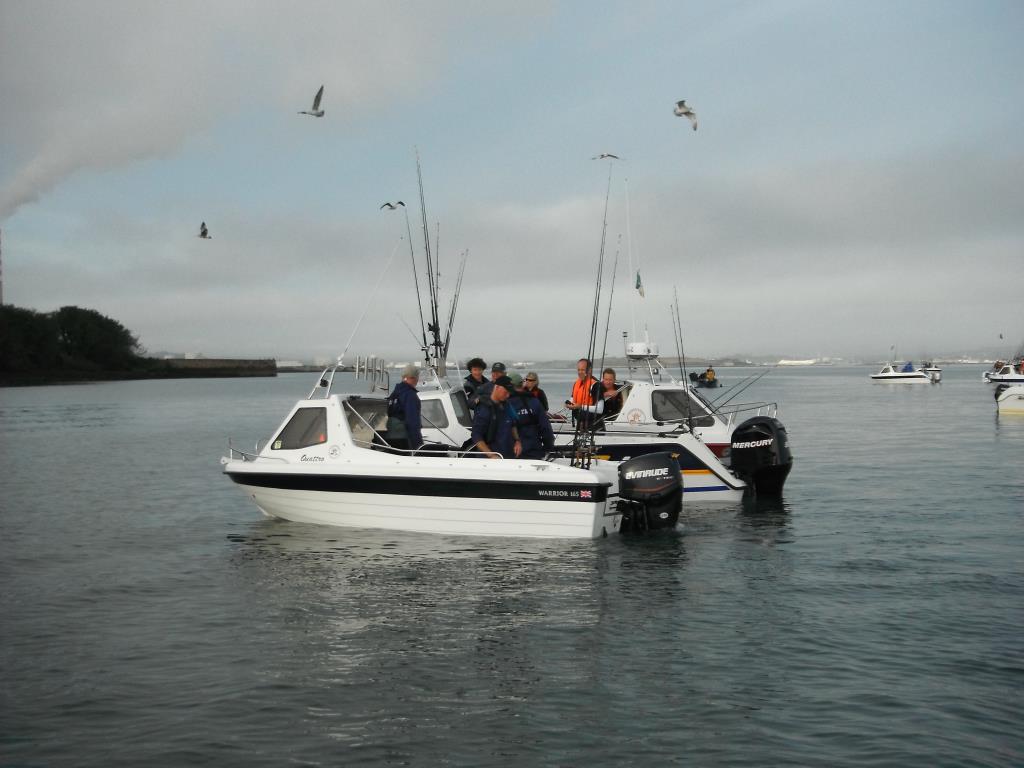
After the boat handling and watercraft are improved you can improve your knowledge of your waters and maybe develop new areas to fish. Have you studied the “Infomar” website? If your area has been covered are you able to translate the pictures into marks for your GPS? Once you get these things right I guarantee that your catch rate will improve provided you have the right tackle for the situation. At this stage there is little place for mono mainline in sea angling. Braid will help you hook up more. I do not suggest that you turn your boat into something like a hedgehog bristling with rods each time you fish but the question needs to be asked: Do you have the right rods that will help you catch your quarry? There is no one-size-fits-all in boat angling. To increase the catch rate and as a consequence increase the fun you should consider getting a couple of extra rods. A light lure rod will become one of the most used rods on the boat. A boat rod in the 6-12lb class will be your best friend when you are scratching for species. A rod in the 12-20lb class will take care of any heavy lifting that needs to be done and you may find that you will use it less often than you thought before. After that, once you are capable of making some simple traces – shop-bought ones will do for many situations but it is necessary to be able to construct your own as well – you will be well capable of tackling and getting the most out of everything that swims. The meanest predator on the water will be the best prepared angler!
(This article appeared in Irish Angler Magazine, Predator Special 2012)
